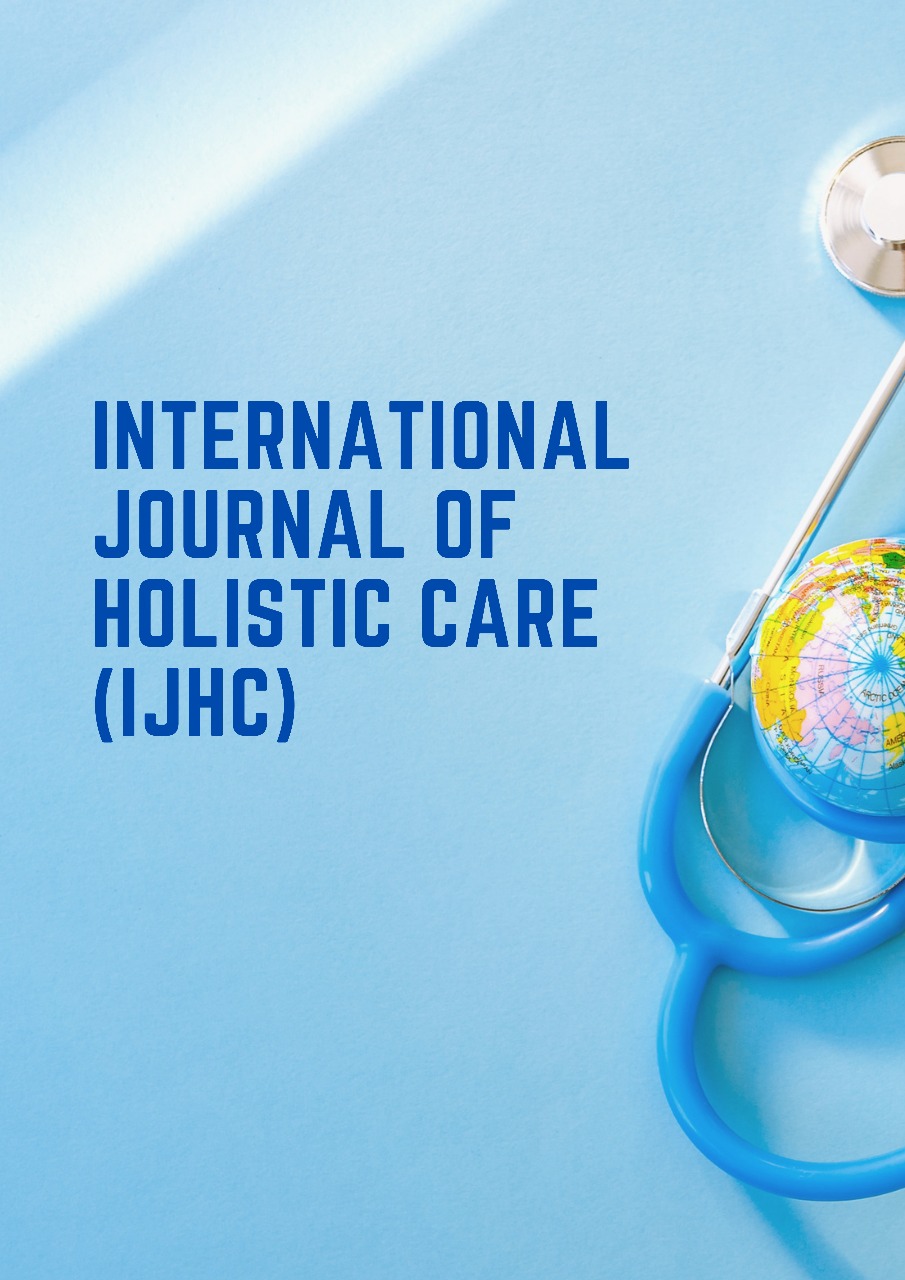Effectiveness of Range of Motion (ROM) on Improving Physical Mobility of Stroke Patients Non-Hemorrhagic: Literature Review
Keywords:
Physical Mobility, Range of Motion (ROM), StrokeAbstract
Stroke is one of the leading causes of disability and death worldwide, including in Indonesia. This disease requires prompt and appropriate treatment to minimize the impact of disability and improve the quality of life for patients. This study aims to assess the effectiveness of Range of Motion (ROM) exercises in improving physical mobility in non-hemorrhagic stroke patients. The method used in this study is a literature review of 10 relevant articles retrieved from databases including Google Scholar, Portal Garuda, and Crossref. Articles were selected based on inclusion criteria and underwent critical appraisal in each article. Based on the search results, 10 articles with a quantitative case study design published within the last 10 years (2020–2024) were identified, focusing on articles related to improving physical mobility using range of motion (ROM). The conclusion of the study indicates that ROM exercises, both passive and active, significantly improve muscle strength, joint flexibility, and prevent further complications. Thus, ROM exercises are an effective intervention in improving muscle strength and physical mobility and can be integrated into the rehabilitation program for non-hemorrhagic stroke patients.













